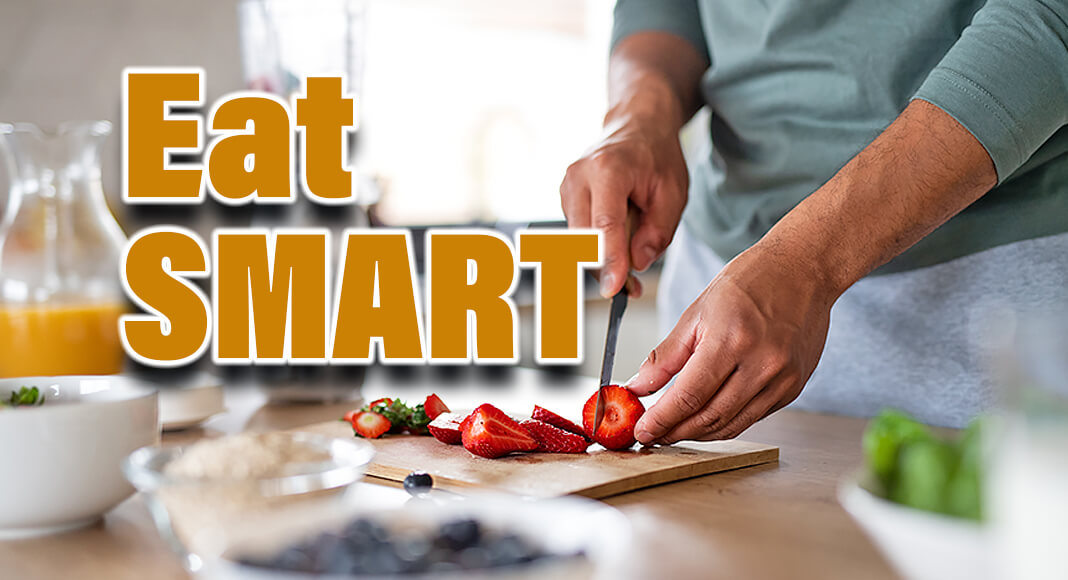
Mega Doctor News
If you have diabetes and CKD, you’re definitely not alone—about 1 in 3 American adults with diabetes also has CKD. The right diet helps your body function at its best, but figuring out what to eat can be a major challenge. What’s good for you on one meal plan may not be good on the other.
Your first step: meet with a registered dietitian who’s trained in both diabetes and CKD nutrition. Together you’ll create a diet plan to keep blood sugar levels steady and reduce how much waste and fluid your kidneys have to handle.
Medicare and many private insurance plans may pay for your appointment. Ask if your policy covers medical nutrition therapy (MNT). MNT includes a nutrition plan designed just for you, which the dietitian will help you learn to follow.
Diabetes and CKD diets share a lot of the same foods, but there are some important differences. Read on for the basics.
Diabetes Diet
A healthy diabetes diet looks pretty much like a healthy diet for anyone: lots of fruits, veggies, healthy fats, and lean protein; less salt, sugar, and foods high in refined carbs (cookies, crackers, and soda, just to name a few). Your individual carb goal is based on your age, activity level, and any medicines you take. Following your meal plan will help keep your blood sugar levels in your target range, which will also prevent more damage to your kidneys.
Kidney Diet
With a CKD diet, you’ll avoid or limit certain foods to protect your kidneys, and you’ll include other foods to give you energy and keep you nourished. Your specific diet will depend on whether you’re in early-stage or late-stage CKD or if you’re on dialysis.
Foods to Limit
Eat less salt/sodium. That’s a good move for diabetes and really important for CKD. Over time, your kidneys lose the ability to control your sodium-water balance. Less sodium in your diet will help lower blood pressure and decrease fluid buildup in your body, which is common in kidney disease.
Focus on fresh, homemade food and eat only small amounts of restaurant food and packaged food, which usually have lots of sodium. Look for low sodium (5% or less) on food labels.
In a week or two, you’ll get used to less salt in your food, especially if you dial up the flavor with herbs, spices, mustard, and flavored vinegars. But don’t use salt substitutes unless your doctor or dietitian says you can. Many are very high in potassium, which you may need to limit.
Depending on your stage of kidney disease, you may also need to reduce the potassium, phosphorus, and protein in your diet. Many foods that are part of a typical healthy diet may not be right for a CKD diet.
Phosphorus is a mineral that keeps your bones strong and other parts of your body healthy. Your kidneys can’t remove extra phosphorus from your blood very well. Too much weakens bones and can damage your blood vessels, eyes, and heart. Meat, dairy, beans, nuts, whole-grain bread, and dark-colored sodas are high in phosphorus. Phosphorus is also added to lots of packaged foods.
The right level of potassium keeps your nerves and muscles working well. With CKD, too much potassium can build up in your blood and cause serious heart problems. Oranges, potatoes, tomatoes, whole-grain bread, and many other foods are high in potassium. Apples, carrots, and white bread are lower in potassium. Your doctor may prescribe a potassium binder, a medicine that helps your body get rid of extra potassium.
Eat the right amount of protein. More protein than you need makes your kidneys work harder and may make CKD worse. But too little isn’t healthy either. Both animal and plant foods have protein. Your dietitian can help you figure out the right combination and amount of protein to eat.
Diabetes & CKD Foods
Your dietitian can give you lots of tasty ideas for healthy meals.
Below are just a few examples of foods a person with both diabetes and CKD can eat. Your dietitian can give you lots more suggestions and help you find recipes for tasty meals:
- Fruits: berries, grapes, cherries, apples, plums
- Veggies: cauliflower, onions, eggplant, turnips
- Proteins: lean meats (poultry, fish), eggs, unsalted seafood
- Carbs: white bread, bagels, sandwich buns, unsalted crackers, pasta
- Drinks: water, clear diet sodas, unsweetened tea
Here’s one way your CKD diet and diabetes diet can work together: If you drink orange juice to treat low blood sugar, switch to kidney-friendly apple or grape juice. You’ll get the same blood-sugar boost with a lot less potassium.
Late-Stage CKD
Your nutrition needs will change with late-stage CKD. If you’re on dialysis, you may need to eat more, especially more protein. Your appetite can change because food tastes different.
Dialysis filters your blood like kidneys do, but it doesn’t work as well as healthy kidneys. Fluid can build up in your body between treatments. You may need to limit how much fluid you drink, and watch for swelling around your eyes or in your legs, arms, or belly.
Your blood sugar levels can actually get better with late-stage CKD, possibly because of changes in how your body uses insulin. But when you’re on dialysis, your blood sugar can increase because the fluid used to filter your blood is high in glucose (sugar). Your need for insulin and other diabetes medicines will be hard to predict, so your doctor will monitor you closely.
See Your Dietitian
CKD and diabetes both change over time, and so will your diet. Be sure to check in with your dietitian as recommended. You’ll get the support and confidence you need to manage your meals, solve any problems, and be your healthiest.










